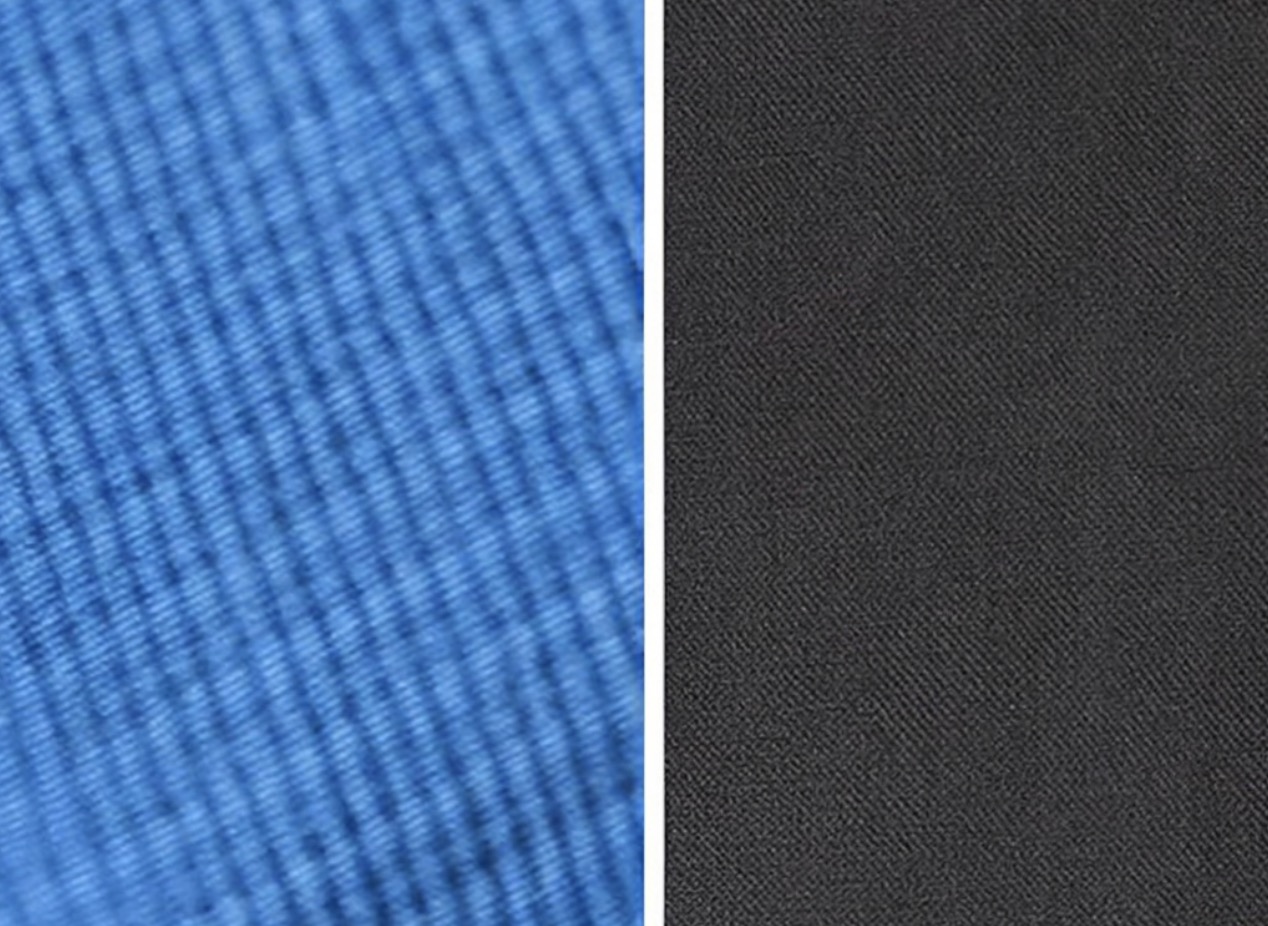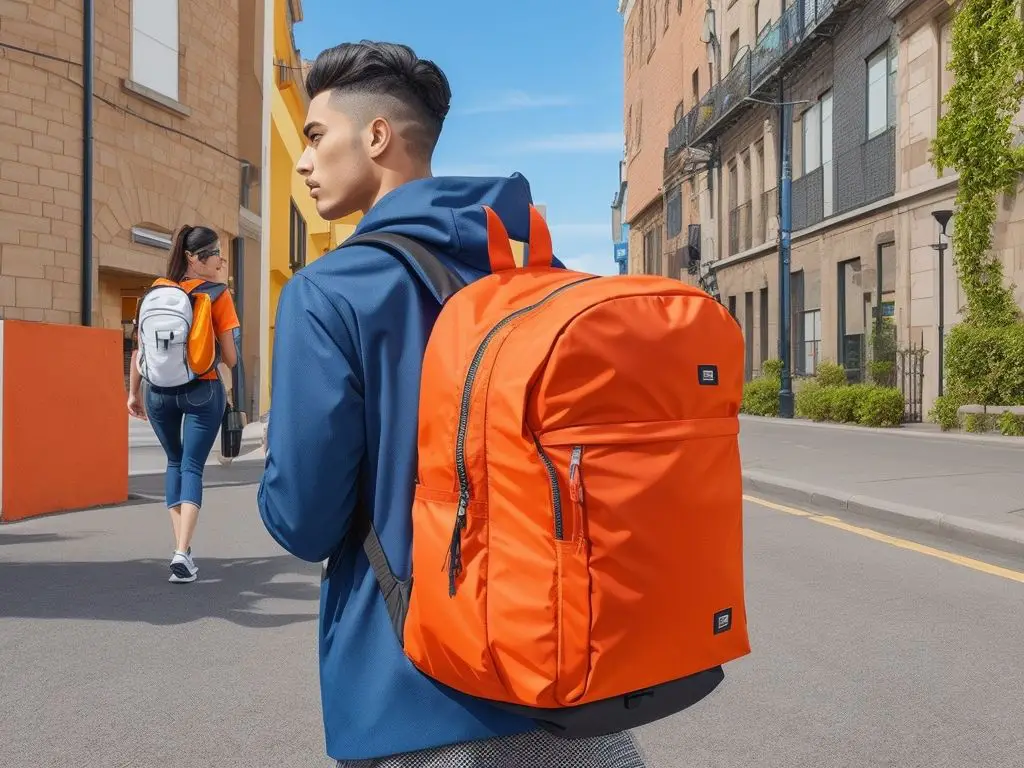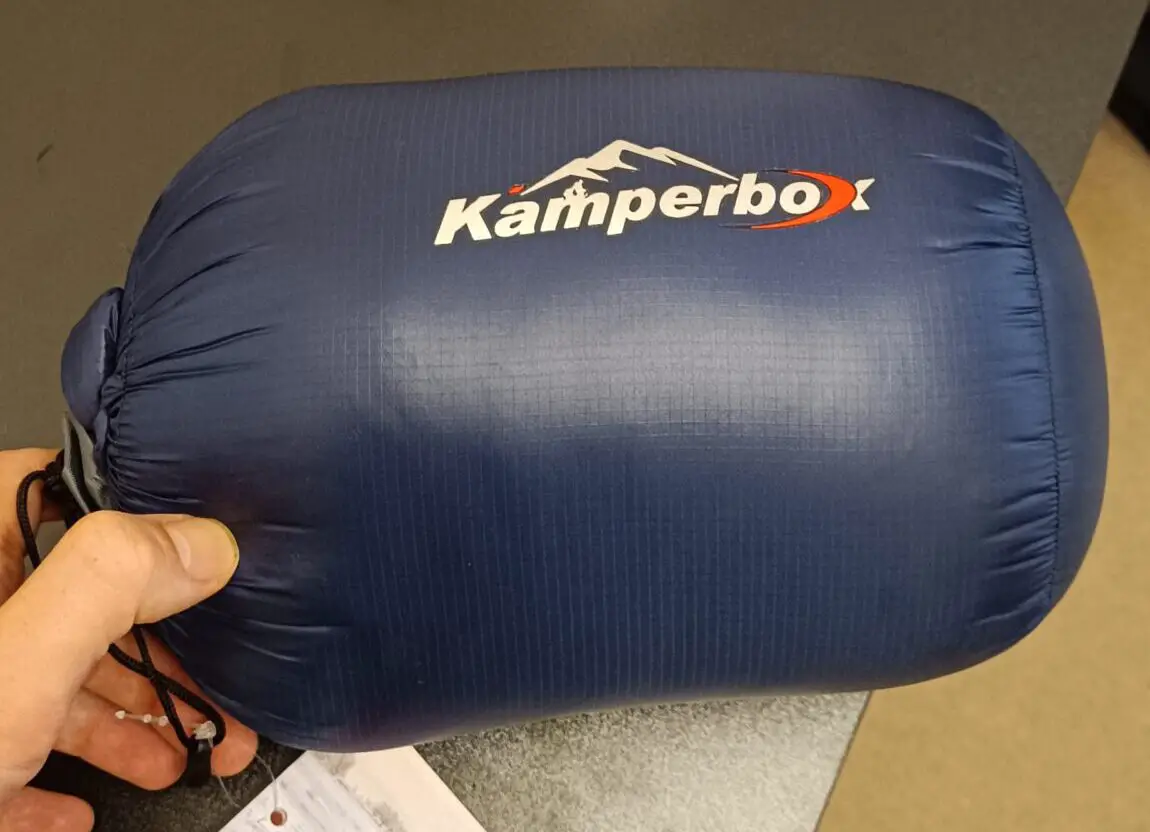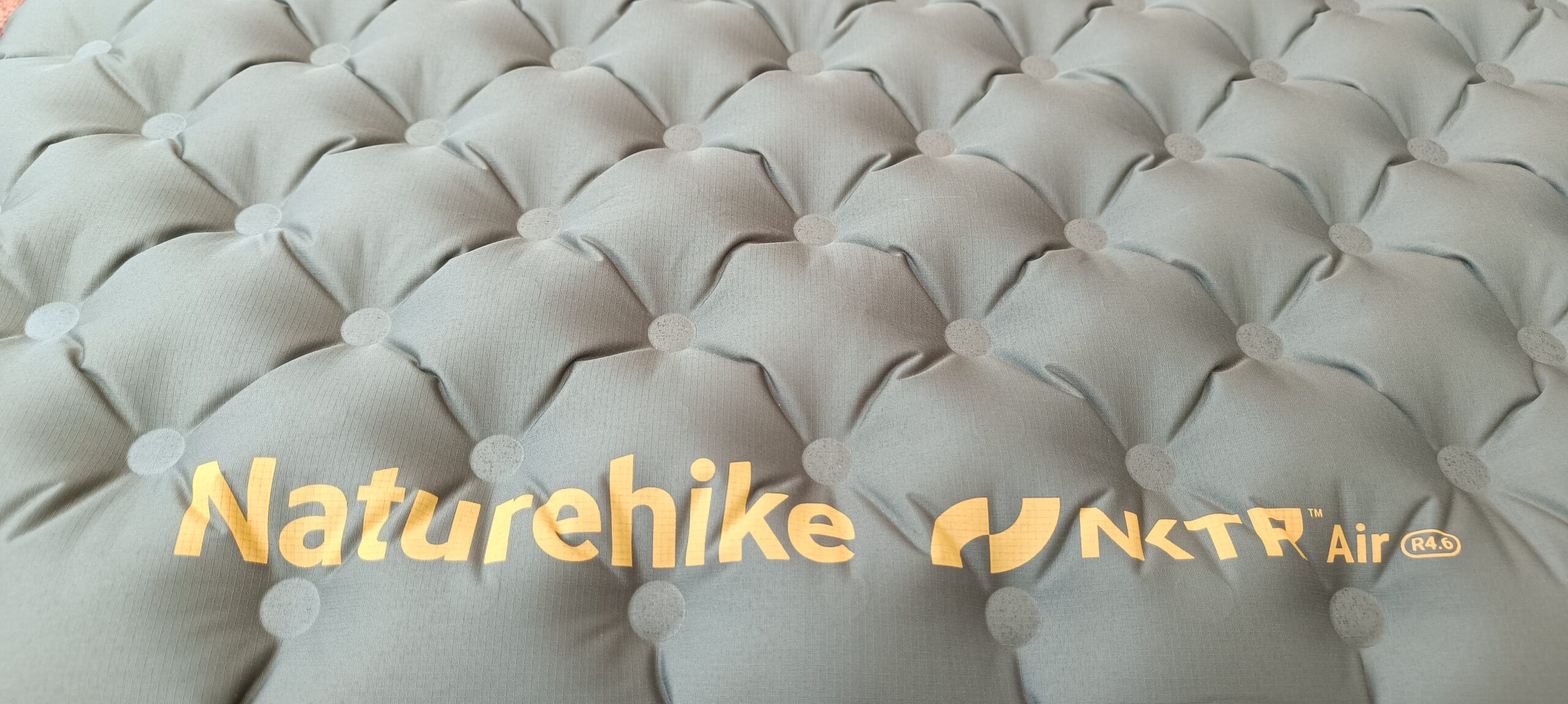When it comes to choosing the right material for our gear, whether it’s a backpack, luggage, or even clothing, we often find ourselves stuck between two popular choices:600D and 900D nylon.
The main difference between 600D and 900D nylon is the thickness and strength of the fibers, with 900D being the stronger and more durable option.
Both of these materials are known for their durability, strength, and resistance to wear and tear, but which one is the better option? In this blog post, I will share my personal experience and knowledge about these two types of nylon to help you make an informed decision.
A Brief Overview of Nylon
What is Nylon?
Nylon is a synthetic polymer fabric that was first introduced in the 1930s. It is made from the polymerization of various monomers and is known for its strength, elasticity, and resistance to abrasion. Nylon is a popular material for a wide range of applications, such as textiles, ropes, and gears, due to its durability and lightweight properties.
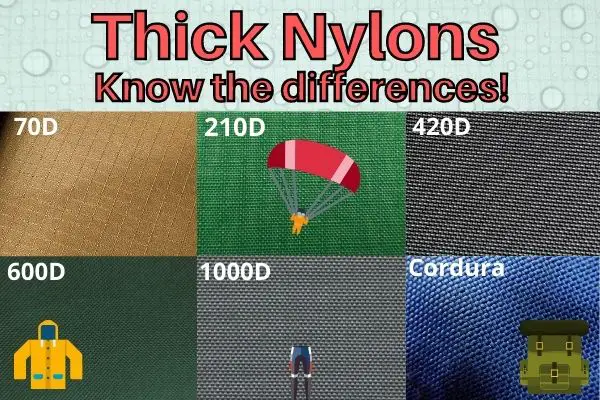
600D and 900D Nylon: What’s the Difference?
The “D” in 600D and 900D nylon stands for “denier,” which is a unit of measurement used to determine the thickness and density of fibers in a fabric. The higher the denier number, the thicker and stronger the fabric will be. In this case, 900D nylon has a higher denier count than 600D nylon, making it thicker and stronger.
Comparing 600D and 900D Nylon
Durability and Strength
As mentioned earlier,900D nylon is more durable and stronger than 600D nylon, due to its higher denier count. This makes 900D nylon a better option for heavy-duty applications, such as military gear, outdoor equipment, and luggage that need to withstand harsh conditions and heavy loads. On the other hand, 600D nylon is still a strong material suitable for everyday use and lighter loads.
Weight
When it comes to weight, 600D nylon is lighter than 900D nylon. This is because the fibers in 600D nylon are thinner and less dense than those in 900D nylon.
If you’re looking for a lightweight option that still offers durability and strength, 600D nylon might be the better choice for you.
Water Resistance
Both 600D and 900D nylon fabrics are known for their water-resistant properties. However,900D nylon is generally more water-resistant due to its thicker fibers and tighter weave. This makes it an excellent choice for outdoor gear and activities where water exposure is likely.
Resistance to Abrasion
Nylon, in general, is known for its excellent resistance to abrasion. However,900D nylon offers better abrasion resistance compared to 600D nylon.
This is because the thicker fibers and higher denier count make it more resistant to wear and tear, which is especially important for high-impact activities and heavy-duty applications.
Cost
In terms of cost, 600D nylon is usually more affordable than 900D nylon. This is because the production process for 600D nylon requires fewer materials and resources compared to the production of 900D nylon.
If you’re on a tight budget but still need a durable and strong material, 600D nylon might be the better option for you.
Which One is Right for You?
The choice between 600D and 900D nylon ultimately depends on your specific needs and preferences. If you require a more durable and stronger material for heavy-duty applications, 900D nylon is the better choice. However, if you’re looking for a lightweight and more affordable option that still offers strength and durability, 600D nylon might be the better fit.
Conclusion: 600D vs 900D Nylon
In conclusion, both 600D and 900D nylon materials offer durability, strength, and water resistance that make them ideal choices for various applications. The main difference between the two lies in their denier count, with 900D nylon being the stronger and more durable option. Here are 10 key facts to remember when choosing between 600D and 900D nylon:
1. 600D nylon is lighter than 900D nylon.
2. 900D nylon is more durable and stronger than 600D nylon.
3. Both materials offer water resistance, with 900D nylon being more water-resistant.
4. 900D nylon provides better abrasion resistance.
5. 600D nylon is generally more affordable than 900D nylon.
6. The “D” in 600D and 900D stands for “denier,” which measures the thickness and density of fibers.
7. Nylon is a synthetic polymer fabric known for its strength, elasticity, and resistance to abrasion.
8. Both 600D and 900D nylon are popular choices for gear, luggage, and clothing.
9. The choice between 600D and 900D nylon depends on your specific needs and preferences.
10. Both materials are suitable for various applications, with 900D nylon being better suited for heavy-duty use.
FAQs
Which is stronger 500D or 600D?
In terms of strength, 600D is stronger than 500D.
Which is better 1000D or 600D?
Both the Canon 1000D and 600D are entry-level DSLR cameras with their own unique features. The 600D has a higher resolution sensor, more autofocus points, and a flip-out LCD screen, while the 1000D is smaller and lighter, making it more portable. Ultimately, the choice between the two depends on your specific needs and preferences.
Which is better 600D or 1000D?
It depends on the intended use and personal preference. 1000D is more durable and better suited for heavy-duty applications, while 600D is lighter and more flexible, making it better for lighter applications.
What does 900D waterproof mean?
900D waterproof refers to a type of fabric that has a density of 900 deniers and is resistant to water penetration. It indicates that the material is durable, strong, and can withstand heavy rain or water exposure without getting wet.
How strong is 600D nylon?
600D nylon is a strong and durable material, commonly used in the manufacturing of bags, backpacks, and outdoor gear. It can withstand abrasion and tearing, making it suitable for heavy-duty applications. However, its strength may vary depending on the specific composition and construction of the fabric.
Which is better 500D or 1000D?
It depends on the specific needs and preferences of the user. The Canon 500D has a higher resolution sensor and better video capabilities, while the Canon 1000D has a simpler interface and is more affordable.

